Traditional
Performingartsand
Culturalcrafts
Japan boasts numerous art forms—such as theater, music, and dance—that have been handed down for generations. These
performing arts encompass many different genres, and each possesses a unique history that has continued to the present. In
addition to ancient home-grown arts, there are also many forms of culture introduced from China and other countries that
have evolved in their own unique way in Japan. Performing arts such as Kabuki, Noh, and Bunraku have all been designated by
UNESCO as forms of intangible cultural heritage.
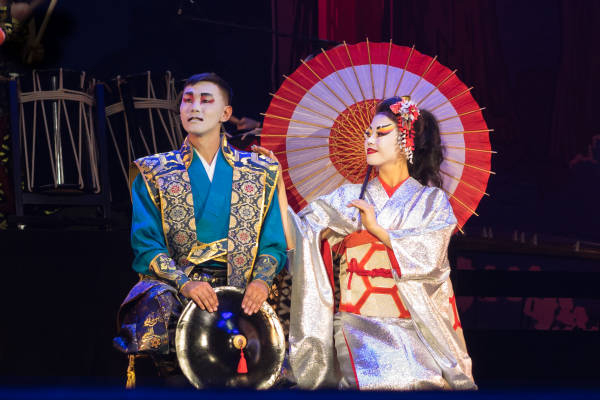
Kabuki
Its origin is said to be a dance called kabuki odori created by a woman named Izumono Okuni in the 16th century. Today Kabuki is performed by an all-male cast.
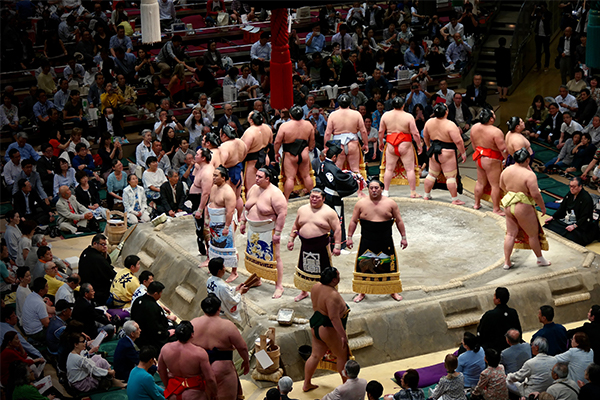
Sumo (Japanese-style Wrestling)
A martial art form in which a pair of wrestlers called rikishi grapple with each other and fight in a ring called a dohyo. It is considered to be the national sport of Japan. An association called the Nihon Sumo Kyokai stages six professional tournaments held in the odd-numbered months each year
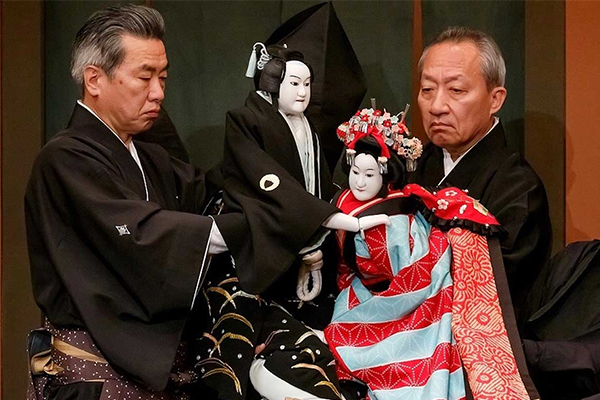
Bunraku
A traditional puppet theater consisting of puppeteers, musicians, and puppets. Started in the 15th century, its present form was fully established by the 18th century.
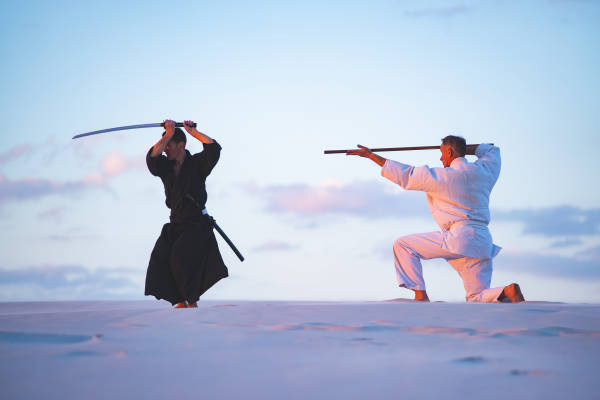
Budo (Kendo)
Budo (martial arts) have evolved from traditional Japanese martial arts. The purpose is to train the body and mind and build a character through practice. Kendo is a form in which students train their bodies and minds through swordsmanship.
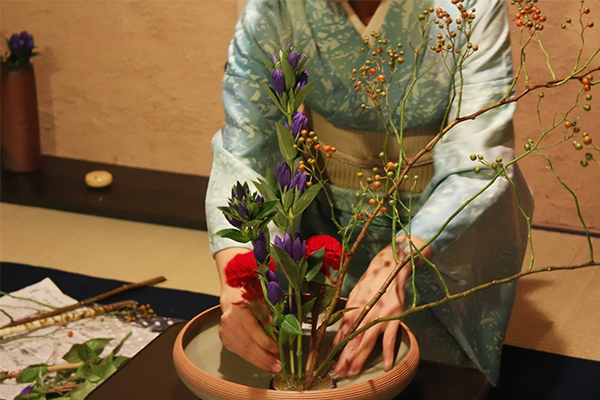
Kado (the Art of Flower Arrangement)
Also known as ikebana, kado is the art of cutting seasonal flowers and plants, putting them in flower bases, and expressing and appreciating the precious value of their life and beauty. There are many schools of kado, each with its own style

Sado (Tea Ceremony)
Green tea is made and served in accordance with traditional etiquette for receiving guests. It places great importance on the sentiments of the seasons. It is a composite art that brings together works of art and tea utensils displayed in tea houses.
TRADITIONAL CRAFTS
There are traditional craftworks made in various parts of Japan that are based on regional specialties. They are manufactured using skills and techniques that have been handed down since ancient times. Nearly all of these craftworks are used for everyday life. They have reached a high degree of perfection after generations of use by many people. Craftsmen are also making improvements to better adapt them to contemporary living and make them easier to use while retaining their distinctive qualities.
Lacquerware / Wajima-nuri Lacquerware Washi (Japanese Paper) / Mino
Washi (Gifu Prefecture) (Ishikawa Prefecture)
Dolls / Daruma Dolls (Gunma Prefecture)
Textiles / Arimatsu-shibori Tie-dyeing (Aichi Prefecture)